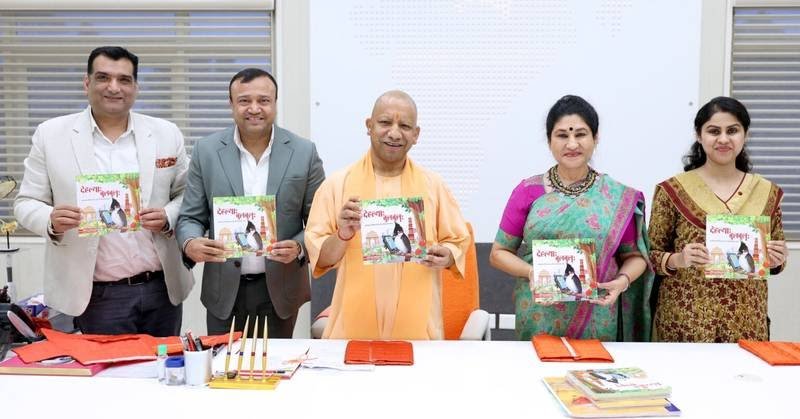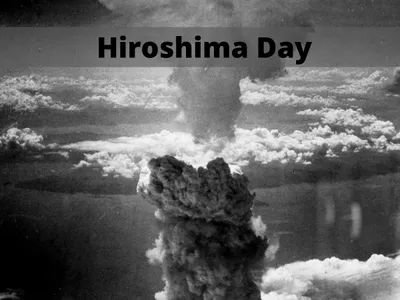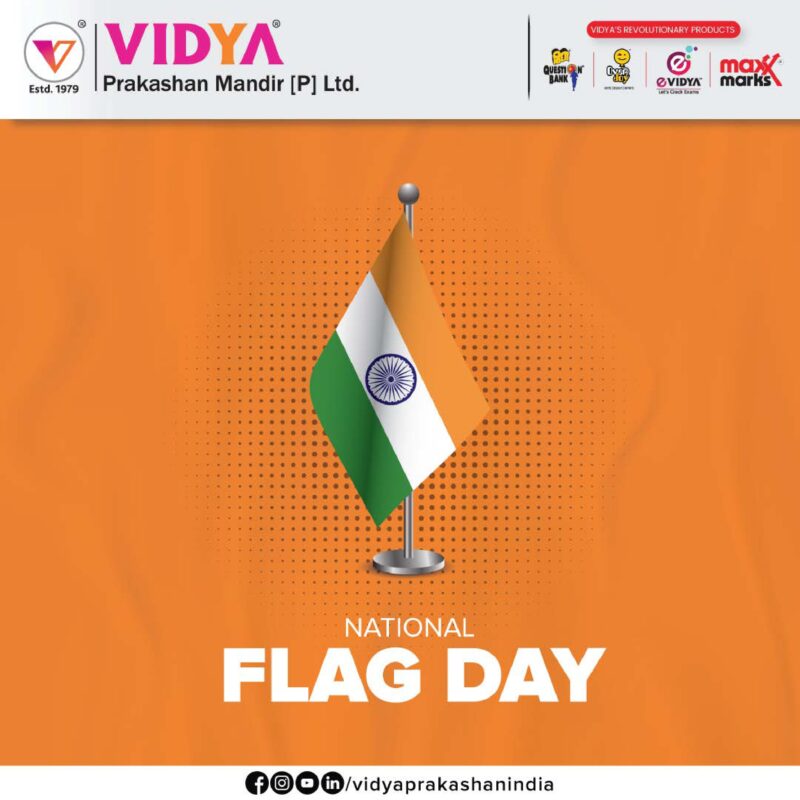Blog
Rabindranath Tagore Jayanti
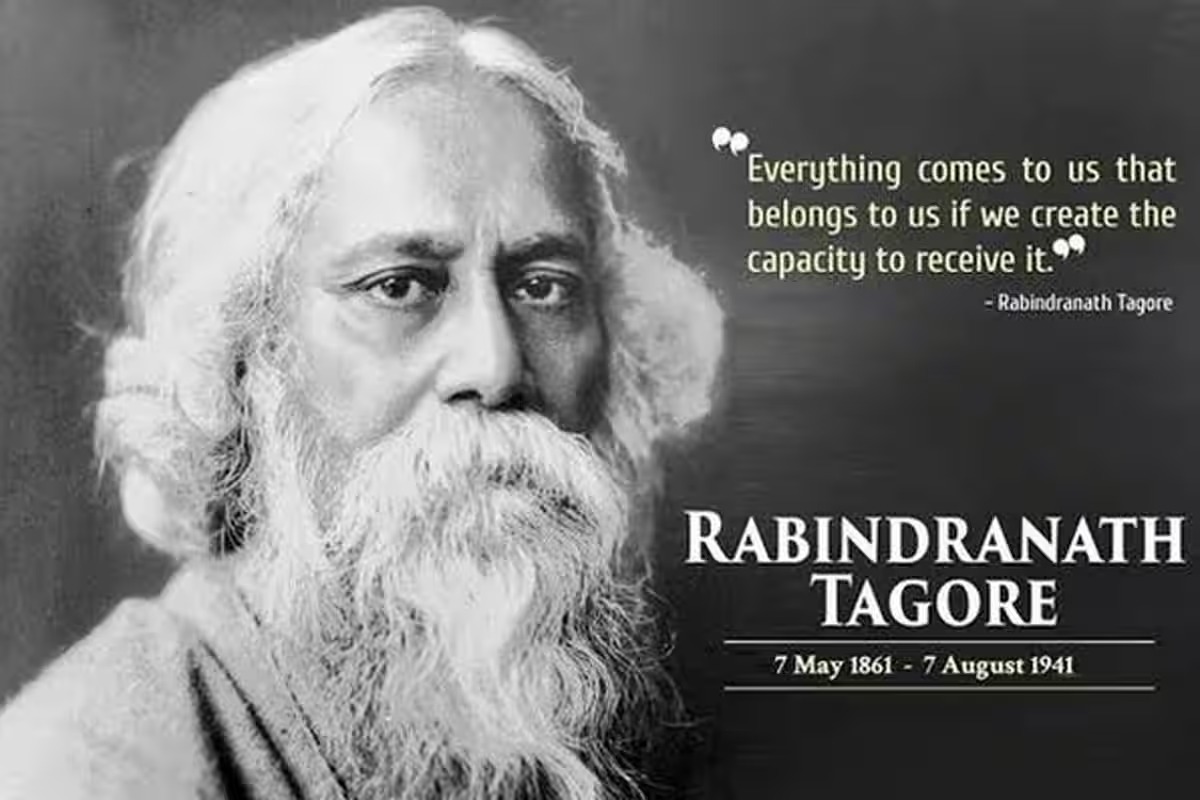
Rabindranath Tagore was a man of various talents. He was recognized by people all over the globe for his literary works – poetry, philosophies, plays, and especially his songwriting. Rabindranath Tagore was the man who gave India, its National Anthem. He was one of the greatest entities of all time and the only Indian to receive a Nobel Prize.
About Rabindranath Tagore
Rabindranath Tagore was born on the 7th of May, 1861 in the vast city of Calcutta. His Brahman family was wealthy and prominent. His father, Maharishi Debendranath Tagore, was a scholar and religious reformer. Sarada Devi, his mother, died when he was just a young boy.
After his profound writing period, he founded Visva-Bharati, which was a school based on the blending of both Indian and Western philosophy and developing educational practices. Built in 1901, twenty years later it had acquired the status of a university. During his time of the school, Tagore wrote a vast array of novels, poems, an in-depth history of India, a variety of textbooks, as well as a text on teaching methodologies.
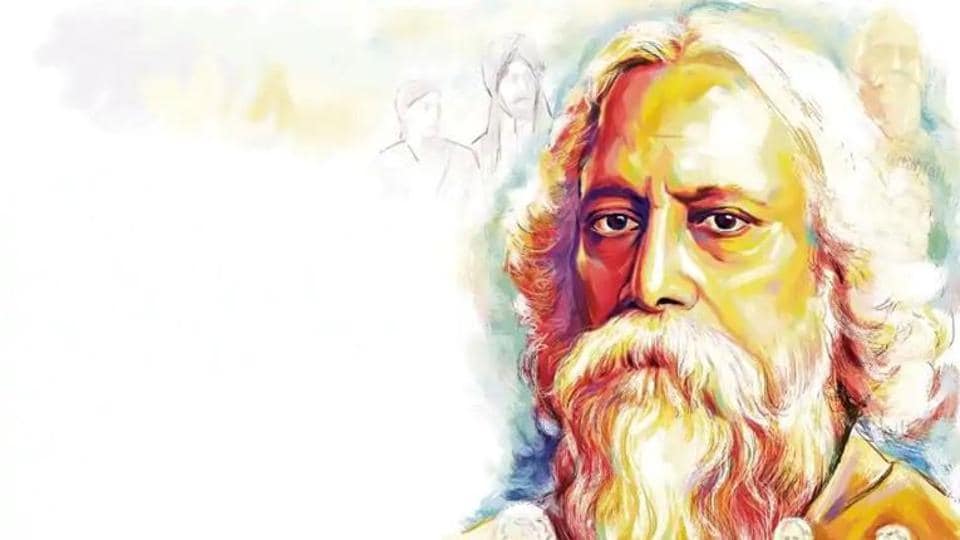
Some Facts About Rabindranath Tagore
Rabindranath Tagore wrote poems and plays. Some of the facts about him are given below:
- Tagore, the youngest of his family, began composing poetry at the young age of eight.
- In 1877 he wrote the short story ‘Bhikharini’ and in 1882 the collection of poems ‘Sandhya Sangit’.
- He was only sixteen years old when he was to publish his first short story called “Bhanisimha”.
- Tagore wrote his first collection of poems at the age of 17, and it was published by one of his friends as a surprise gift.
- In between 1893 and the beginning of the 1890s, he published a total of seven volumes of poetry.
- He developed a trusted reputation as a poet and author in both England and the United States upon the international publication of Song Offerings (Gitanjali).
- His writings attracted the attention of the committee of the Nobel Prize awards, which was probably one of the highlights of his life.
- Rabindranath Tagore was awarded the Nobel Prize in 1913, becoming the first non-European to receive the honour.
Rabindranath Tagore and Shanti Niketan
Rabindranath Tagore received his nickname “Gurudev”, out of respect by his pupils at his very unique and special school, which he established in Shantiniketan, called “Visva Bharati University”. Shantiniketan was developed and founded by the Tagore family. This little town was very close to Rabindranath Tagore.
R.N Tagore wrote several poems and songs about this place. Unlike other universities, “Visva Bharati” University was open to each student who was eager to learn. The classrooms and the scope for learning in this university were not confined within four walls. Instead, classes took place in open space, beneath the massive banyan trees on the university grounds. To this date, this ritual of attending classes in open spaces is practiced by the students and the teachers. R.N Tagore permanently moved to the school after.
Rabindranath Tagore and his Nationalism
R.N Tagore was politically very aware and very critical at the same time, he not only criticized the British Raj, but he was also very vocal about the mistakes his fellow Bengalis and Indians made. These were reflected in the socio-political satires he wrote and published. When R.N Tagore had been awarded a knighthood, as a sign of protest against the Jallianwala Bagh Massacre, he repudiated the award. Recognition, fame, money nothing mattered to him when it came to his country. He loved his country, the lands, rivers, and the people of his country very much.
It is thus quite right to say that Tagore opposed European colonialism and supported Indian nationalists. He also shunned the Swadeshi Movement and urged Indians to accept that education is the way forward. A blind revolution will only lead to the loss of lives and unwanted and unnecessary loss of life.
Rabindranath Tagore and his love for Literature, Art, and Music
Some of the most renowned works of Tagore which are highly recommended works of literature are “Noukadubi”, “Shesher Kobita”, “Chaturanga”, “Gora”, “Char Adhyay”, “Jogajog”, “Ghare Baire”. “Ghare Baire” was also produced as a film by another precious talent Satyajit Ray. His novels were very underappreciated in his time but gained a lot of respect after film directors like Tapan Sinha, Tarun Majumdar and of course, Satyajit Ray adapted and made feature films based on his novels. In popular culture, even his songs, poems and novels are employed in Movies and as background scores. The genre of the songs by Rabindranath Tagore are known as “Rabindra Sangeet” and movies have been adapted and made out of his novels “Noukadubi” and “Chokher Bali”. It is highly recommended to read “Gitanjali” to appreciate Tagore’s poetic style and to appreciate some very heartfelt and moving songs that he wrote, it is recommended to listen to “Tobu Mone Rekho”.
In addition to all this, Rabindranath Tagore was a commendable artist and musician too. His paintings are celebrated both nationally and internationally and have received wide acclaim. His songs are considered to be at the heart of Bengal culture and his compilations are fondly termed Rabindra Sangeet. These songs elaborate on themes of love, worship, devotion, and so on. RN Tagore started painting at the age of 60. His brilliant artwork is displayed to this day in several museums globally.

